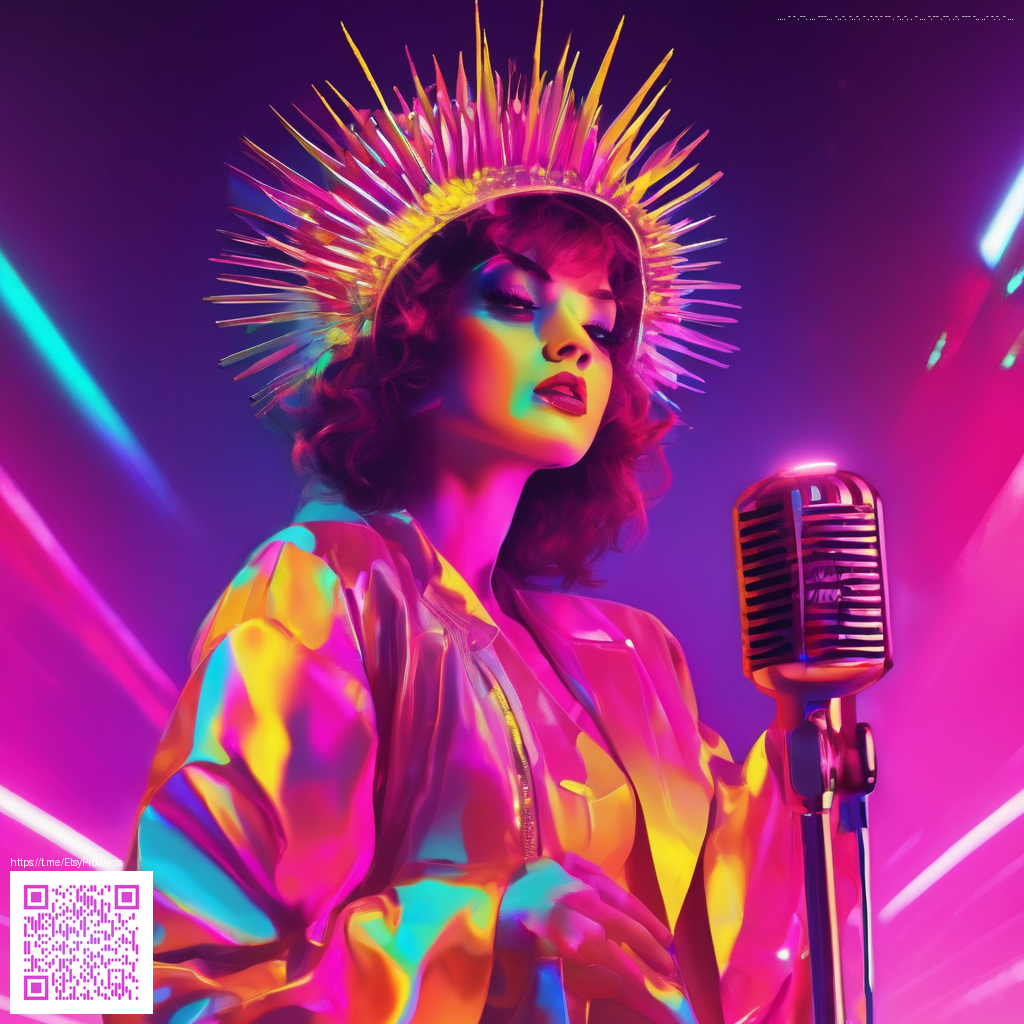
Blending Fabric and Paper Textures for Richer Design
Texture is the heartbeat of visual storytelling. When fabric textures—think linen weave, velvet nap, or cotton twill—meet the tactile character of paper surfaces, a design gains depth, warmth, and a grounded sense of presence. The art lies in balancing these textures so they complement rather than compete, allowing the eye to travel smoothly across the composition.
Understanding Texture at a Glance
Fabric textures offer softness, variation, and subtle direction. Paper textures provide rigidity, light reflectivity, and edge definition. The contrast between these two families of surfaces creates a dynamic tension that can be harnessed to guide attention, establish hierarchy, and evoke specific emotions. A design that gently tugs at the senses—soft fabric against a crisp, matte paper—feels approachable, human, and tactile. Conversely, pairing a glossy paper finish with a rough textile can announce a bold, contemporary vibe that hums with energy.
Tip: Let one texture dominate the narrative while the other plays a supporting role. Too many textures can fight for attention; one strong texture plus a quieter partner often reads more clearly.
- Scale matters: Use larger fabric textures as background areas and finer paper textures for details or typography surfaces.
- Play with light: Fabric catches light softly and shows grain; paper responds with sharper highlights and shadows. Align lighting to emphasize these cues.
- Color harmony: Keep a cohesive color palette so textures enhance rather than clash—neutral fabrics with soft paper tones often create timeless combos.
- Texture direction: Follow the flow of the textile weave and let it guide the visual path, then anchor focal points with the more static plane of paper.
- Finish pairing: Matte paper paired with a subtle fabric texture can feel refined; a glossy paper surface with a coarse textile can feel energetic and modern.
Practical Techniques for Real-World Applications
In practice, blending fabric and paper textures requires deliberate decisions about space, contrast, and purpose. Start by defining the message you want to convey—comfort, luxury, playfulness, or professionalism—and then map which textures best communicate that vibe. Create mood boards that juxtapose fabric swatches with varied paper finishes to visualize how light and texture interact across contexts like packaging, branding, or editorial layouts.
- Photography setup: Photograph textures with directional lighting to reveal grain and weave. Shoot at slightly oblique angles to highlight tactile qualities without flattening them.
- Digital blending: In design software, layer fabric textures over paper textures with controlled opacity. Use a soft light or overlay blending mode to fuse the surfaces while preserving legibility of text and icons.
- Print considerations: When moving from screen to print, test ink bleed and texture fidelity. Paper texture can amplify or soften the final look, so choose stock that aligns with your intended feel.
- Consistency across media: If you’re designing a product line or a campaign, maintain a core texture vocabulary across packaging, website, and socials to reinforce brand identity.
A Case Study: Materials and Finishes
Consider how surface finishes influence perception in product photography. A case like the Neon Phone Case with Card Holder—Glossy Matte Polycarbonate MagSafe demonstrates how a glossy accent paired with a matte body can read as premium and modern in visuals. While the physical product showcases this contrast, you can reproduce the effect in editorial work by layering a delicate fabric texture beneath a crisp paper texture, then letting a small glossy highlight act as a focal spark. Learn more about the product here: Neon Phone Case with Card Holder.
For readers who want broader inspiration, this approach is discussed in depth on design resources like the Zero Static Vault design hub, which showcases practical examples of texture pairing across media.
Applications Across Media
Texture fusion is not limited to one field. It translates beautifully to web design, packaging, fashion lookbooks, and editorial layouts. The interplay between tactile fabric and printed paper can drive narrative pacing—soft backgrounds to support copy, or bold texture clashes to create memorable splash pages. The trick is to keep the overall composition cohesive while allowing each texture to speak in its own voice. When in doubt, start with a single texture as the hero, then layer a second texture as a quiet counterpoint to maintain balance.
Final thought: texture is a language. Learn its vocabulary, listen to how light speaks, and your designs will tell richer, more inviting stories.